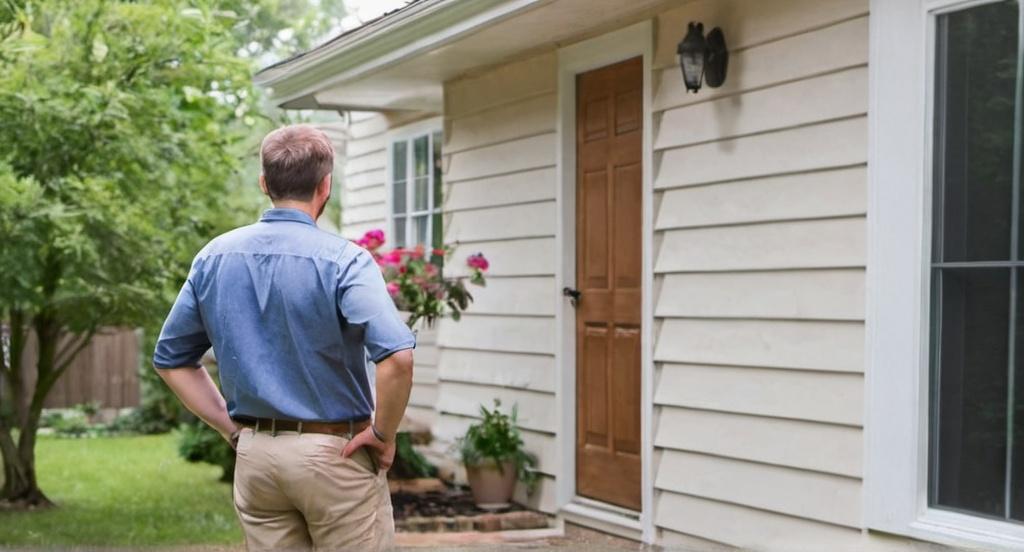Key Take Aways about Mixed-use buildings as Investment Properties
- Mixed-use buildings combine residential, commercial, and sometimes industrial spaces, offering convenience and investment diversity.
- They generate multiple income streams and maintain high occupancy rates, reducing risk for investors.
- Popular in urban settings, they appeal to millennials and Gen Z looking for convenience and accessibility.
- Challenges include complex management, varied zoning laws, and different lease agreements.
- Successful mixed-use developments require careful planning and collaboration with urban planners and architects.
- They are gaining traction in both big cities and smaller towns seeking revitalization.

Understanding Mixed-Use Buildings
Mixed-use buildings have been popping up everywhere lately. These structures combine residential, commercial, and sometimes even industrial spaces in one building or development, offering a versatile approach to real estate. Picture a building where you can grab a cup of coffee on the ground floor, work in the office above, and head up another level to your cozy apartment. This mix isn’t just convenient; it’s a hot ticket in the investment world.
Why Investors Are Eyeing Mixed-Use Properties
Investors like mixed-use properties for their potential to generate multiple streams of income. Since these buildings can host different types of tenants, the risk is spread out. If one tenant type struggles, others might still thrive, keeping the cash flow steady. Also, they tend to attract more people, which keeps occupancy rates high and lowers the risk of vacancies.
Take the example of a mixed-use building in a busy urban area. Such a building could have a retail store at street level, a couple of floors of office space, and apartments on the upper floors. If retail is having a hard time, the rent from the offices and apartments keeps the investment afloat. It’s like having your eggs in several baskets.
The Appeal of Urban Living
Cities are where the action is. Many people, especially younger folks, want to live where they can work and play without a long commute. Mixed-use buildings fit right into this lifestyle. They’re walkable, reducing the need for a car, and they often have amenities that make urban living attractive, like gyms, restaurants, and shops.
This trend is a big plus for investors focusing on millennials and Gen Z who prioritize accessibility and convenience. These generations are less likely to buy homes outright, making them prime candidates for apartment-style living in a mixed-use setup.
Challenges You Might Face
Of course, no investment is without its hiccups. Mixed-use buildings require careful planning and management. The different uses mean dealing with varied zoning laws, which can be a bureaucratic headache. If there’s a snag in one part of the building, it might affect the others. For example, a noisy nightclub might not sit well with residential tenants upstairs.
Then there’s the complexity of managing different types of leases and tenant needs. Commercial leases can be quite different from residential ones, impacting how you approach negotiations and maintenance. In this setup, a one-size-fits-all strategy doesn’t work.
Case Study: Success in the Mixed-Use Space
Consider a mixed-use development in a mid-sized city that was once struggling. The project included retail, office, and residential spaces. After recovering from initial teething problems, like noise complaints from residents about a popular bar on the ground floor, the building is now a thriving hub. Its location in a revitalized downtown area made it a success story, attracting businesses and young professionals seeking an urban experience.
Financing and Developing Mixed-Use Properties
Investing in mixed-use buildings can be capital-intensive. Securing financing might be trickier than purely residential or commercial properties due to their complexity. Potential investors should be prepared for a more detailed review by lenders. However, the diversified income streams can make these investments more attractive to the right institutions.
Developing a mixed-use property demands a sharp eye for design and functionality. Developers must consider how the different parts will interact. This often involves working closely with urban planners and architects to ensure the building meets the needs of its varied tenants.
Future Outlook for Mixed-Use Properties
With urban spaces shrinking and the demand for centrally located properties increasing, mixed-use buildings are likely to gain even more traction. They offer a solution to the problem of limited space while providing the amenities and lifestyle that modern city dwellers want.
The trend is likely to expand beyond big cities. Smaller towns looking to revitalize their downtown areas are starting to consider mixed-use buildings as a way to attract a young, professional demographic while maintaining vibrant community spaces.
Conclusion
Mixed-use buildings are a promising option for investors willing to navigate their complexities. They provide diversified income streams, cater to the demand for urban living, and fit well into the vision of modern cities. While there are challenges involved, for those who can handle the intricacies, the rewards can be substantial. Investing in mixed-use properties might just be the ticket to tapping into the future of urban real estate.